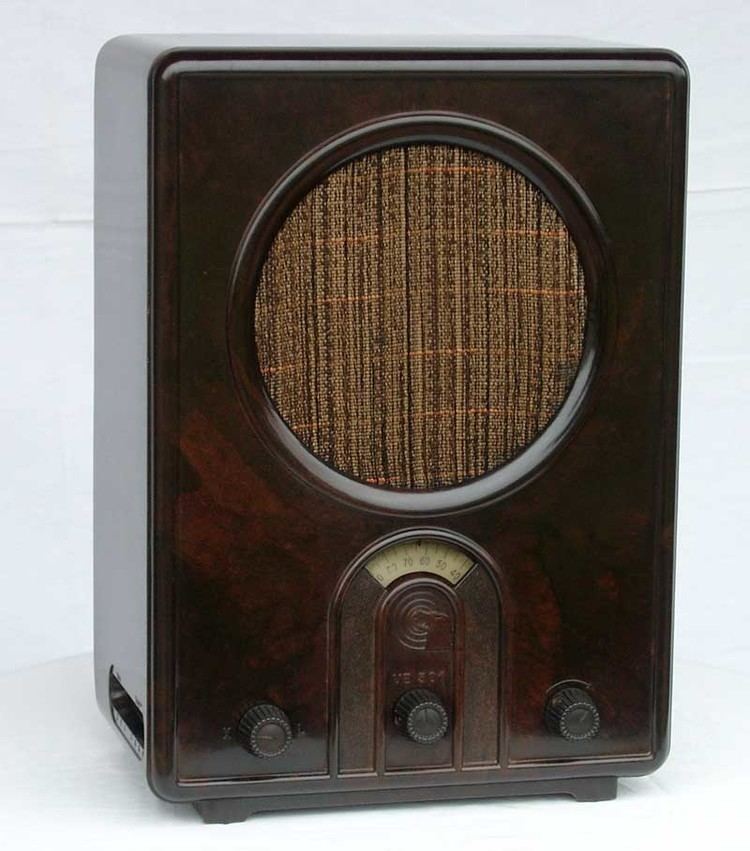 | ||
Similar All American Five, Foxhole radio, Utility Radio | ||
Wiederbelebter volksempf nger ve301wn
The Volksempfänger ( [ˈfɔlks.ɛmˌpfɛŋɐ], "people's receiver") was a range of radio receivers developed by engineer Otto Griessing at the request of propaganda Minister Joseph Goebbels.
Contents
- Wiederbelebter volksempf nger ve301wn
- Inbetriebnahme volksempf nger ve 301 w nora radio gmbh
- History
- Effects
- Utility receiver
- The Volksempfnger in popular culture
- References
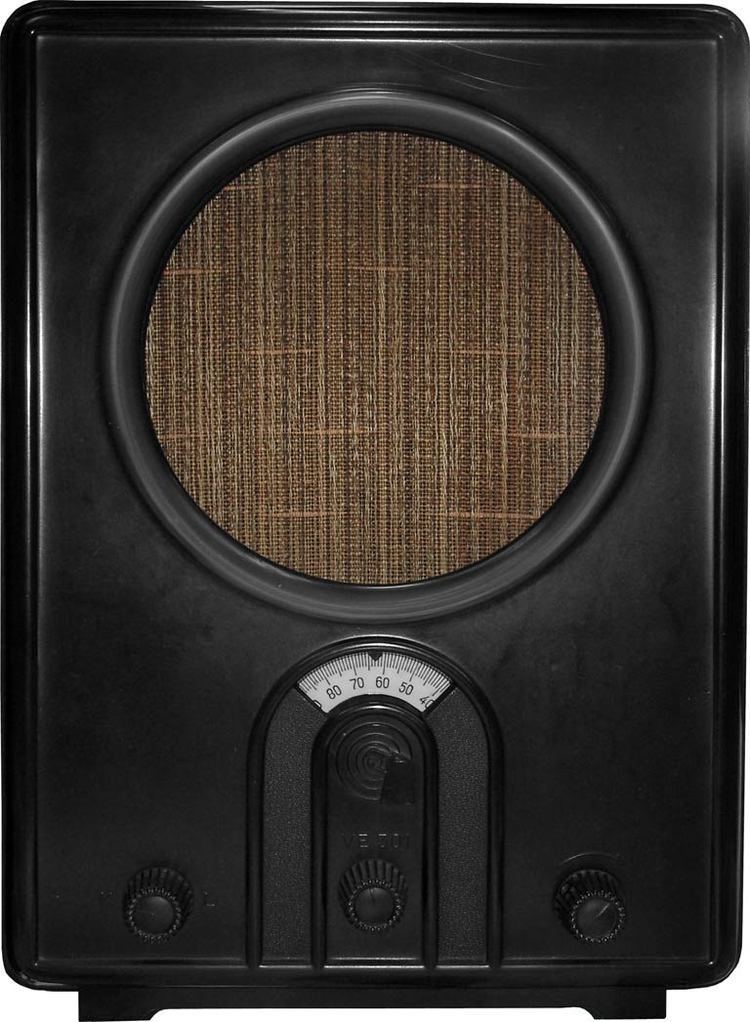
The purpose of the Volksempfänger-program was to make radio reception technology affordable to the general public. Joseph Goebbels realized the great propaganda potential of this relatively new medium and thus considered widespread availability of receivers highly important.

Inbetriebnahme volksempf nger ve 301 w nora radio gmbh
History

The original Volksempfänger VE301 model was presented on August 18, 1933 at the 10. Große Deutsche Funkausstellung in Berlin. The VE301 was available at a readily affordable price of 76 German Reichsmark (equivalent to two weeks' average salary), and a cheaper 35 Reichsmark model (which was even sold on instalment plan ), the DKE38 (sometimes called Goebbels-Schnauze – "Goebbels' snout" – by the general public) fitted with a multisection tube, was also later produced, along with a series of other models under the Volksempfänger, Gemeinschaftsempfänger, KdF (Kraft durch Freude), DKE (Deutscher Kleinempfänger) and other brands.
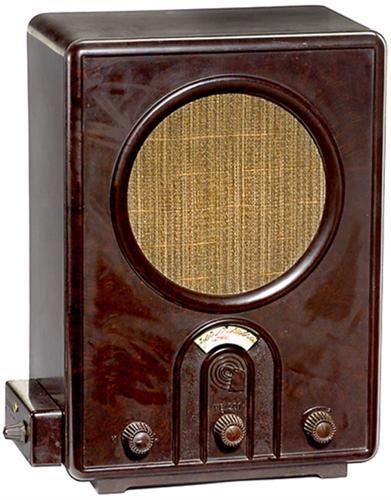
The Volksempfänger was designed to be produced as cheaply as possible, as a consequence they generally lacked shortwave bands and did not follow the practice, common at the time, of marking the approximate dial positions of major European stations on its tuning scale. Only German and Austrian stations were marked and cheaper models only listed arbitrary numbers. Sensitivity was limited to reduce production costs further, so long as the set could receive Deutschlandsender and the local Reichssender it was considered sensitive enough, although foreign stations could be received after dark with an external antenna.particularly as stations such as the BBC European service increased transmission power during the course of the war.
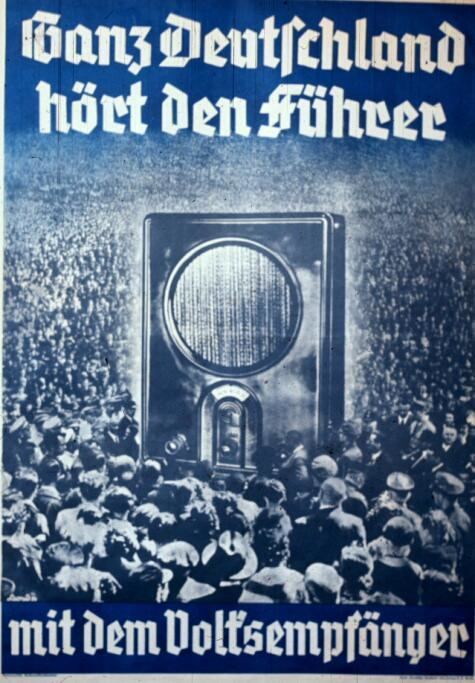
Listening to foreign stations became a criminal offence in Nazi Germany when the war began, while in some occupied territories, such as Poland, all radio listening by non-German citizens was outlawed (later in the war this prohibition was extended to a few other occupied countries coupled with mass seizures of radio sets). Penalties ranged from fines and confiscation of radios to, particularly later in the war, sentencing to a concentration camp or capital punishment. Nevertheless, such clandestine listening was widespread in many Nazi-occupied countries and (particularly later in the war) in Germany itself. The Germans also attempted radio jamming of some enemy stations with limited success.
Effects
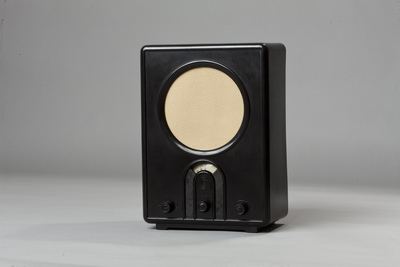
Much has been said about the efficiency of the Volksempfänger as a propaganda tool. Most famously, Hitler's architect and Minister for Armaments and War Production, Albert Speer, said in his final speech at the Nuremberg trials:
Utility receiver
Between 1944 and 1945, Britain produced the Utility Radio or "Civilian Receiver". Unlike the Volksempfänger, the Utility Radio was produced primarily to remedy a shortage of consumer radio sets caused by the British radio industry's switch from civilian to military radio production. These Utility Radios followed a standardized and government approved design, and were built by a consortium of manufacturers using standard components.
